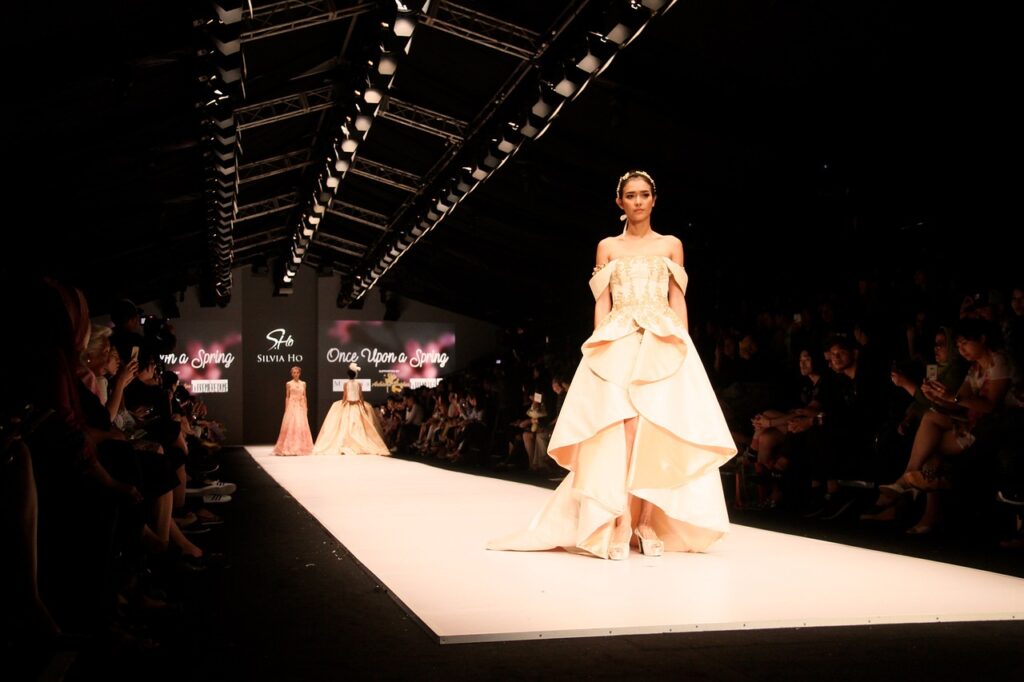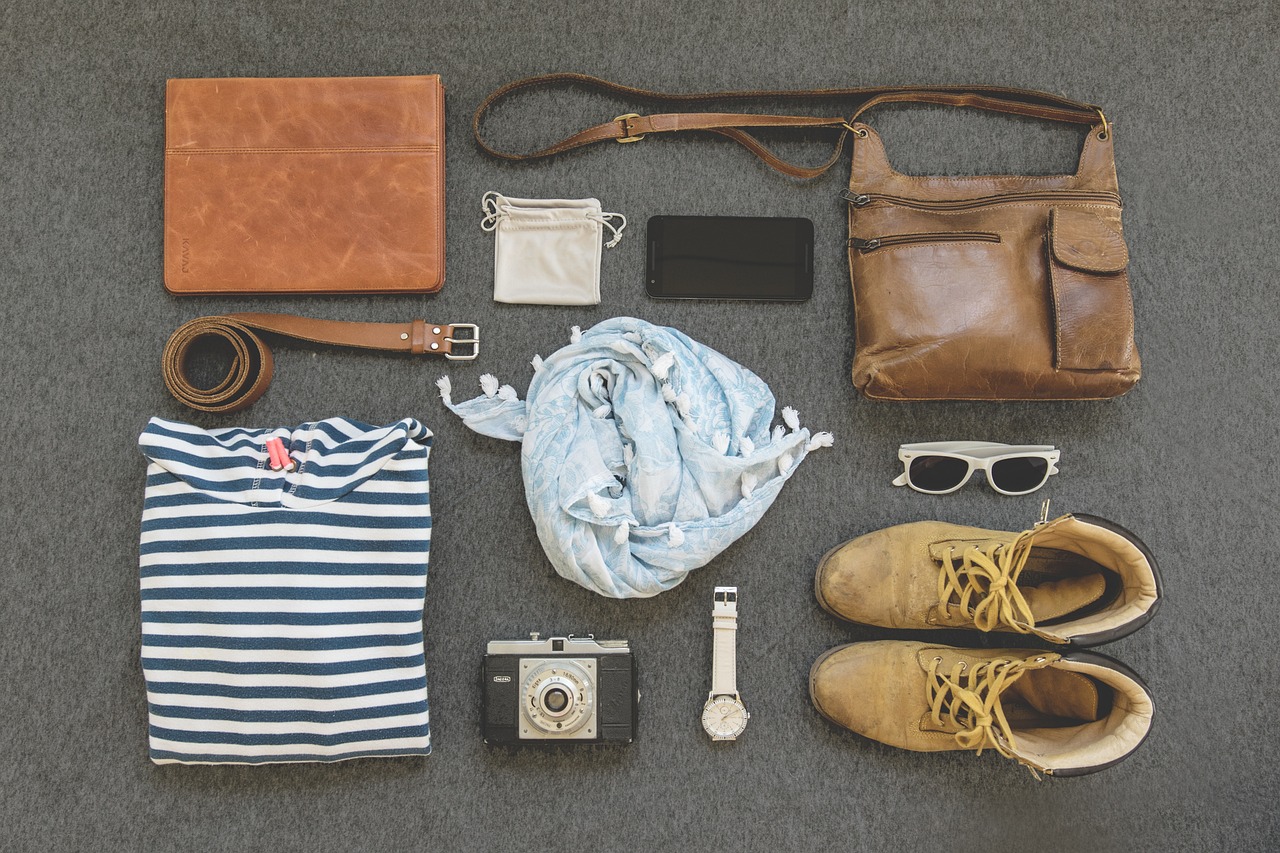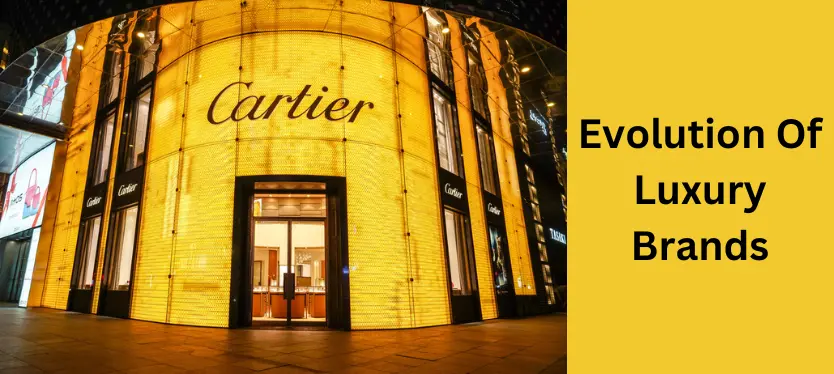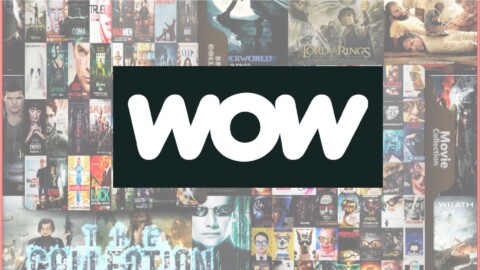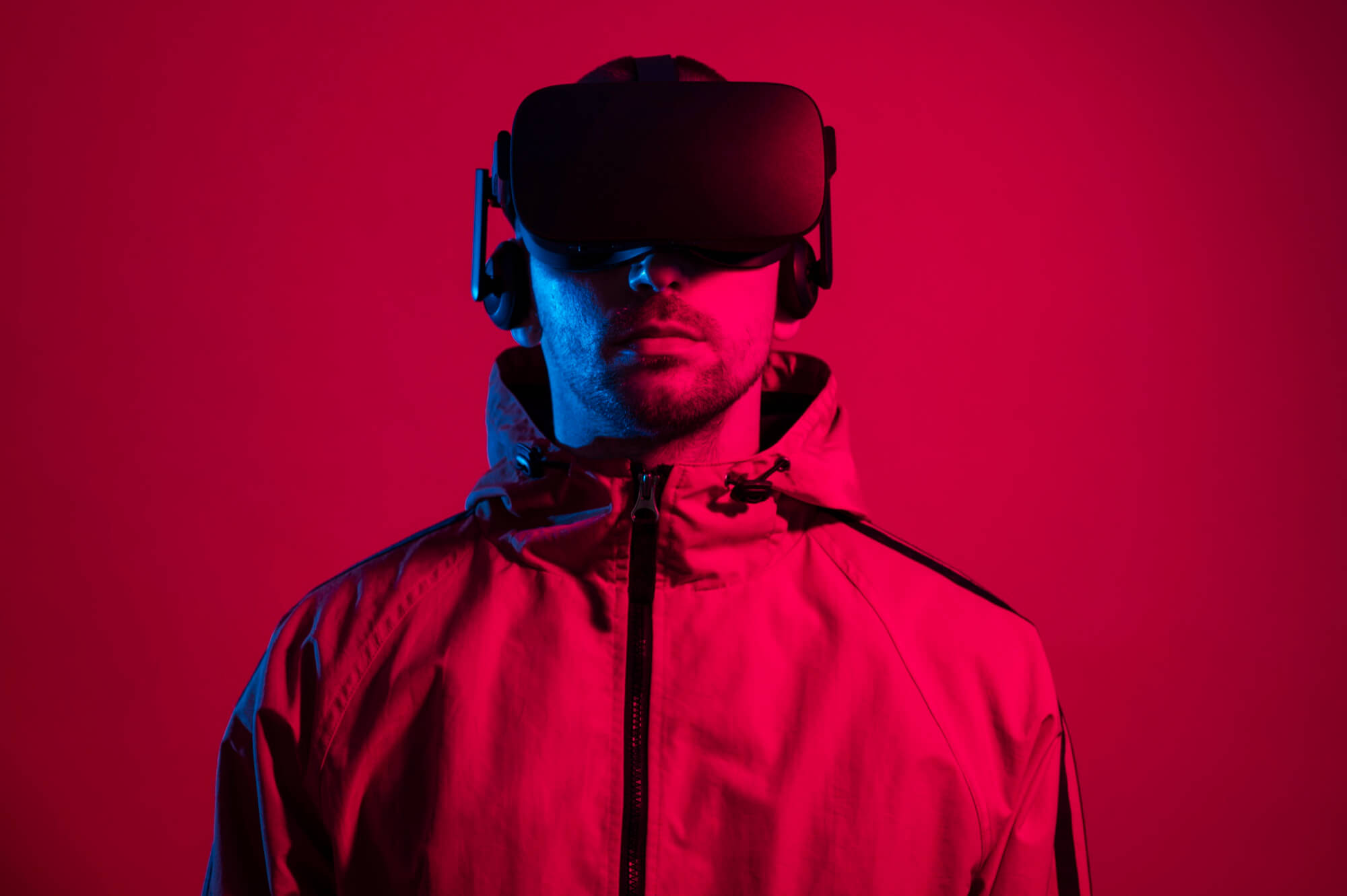Fashion, an ever-evolving form of self-expression, has captivated human imagination for centuries. From the ancient civilizations to the modern runways of Paris and Milan, fashion has played a pivotal role in shaping culture, identity, and societal norms. Let’s embark on a journey through time to uncover the fascinating history and evolution of fashion, from its humble beginnings to the global phenomenon it is today.
The Early Beginnings of Fashion
1. Ancient Civilizations and Early Cultures
Fashion finds its roots in the ancient civilizations of Mesopotamia, Egypt, Greece, and Rome, where clothing served both practical and symbolic purposes. In these early societies, garments were often made from natural fibers such as linen, wool, and silk, and adorned with intricate embroidery, embellishments, and dyes. Clothing styles reflected social status, occupation, and religious beliefs, with distinct garments worn by royalty, priests, warriors, and commoners.
2. Medieval Europe and the Renaissance
The Middle Ages marked a period of significant change and innovation in fashion, with the rise of feudalism, trade routes, and urban centers driving the demand for luxurious textiles and garments. The Renaissance era saw a revival of classical art and culture, leading to a renewed interest in fashion and personal adornment. Elaborate costumes, sumptuous fabrics, and intricate tailoring became synonymous with wealth, power, and status, as European courts vied for supremacy through displays of opulence and extravagance.
The Rise of Modern Fashion
1. Industrial Revolution and Mass Production
The Industrial Revolution of the 18th and 19th centuries revolutionized the fashion industry, leading to the mass production of clothing and the emergence of ready-to-wear fashion. Advances in mechanization, textile manufacturing, and transportation made clothing more affordable and accessible to the masses, paving the way for the democratization of fashion. The invention of the sewing machine, in particular, accelerated the production process and enabled the creation of standardized garment sizes and styles.
2. The Birth of Haute Couture and Fashion Houses
The late 19th and early 20th centuries witnessed the rise of haute couture and the establishment of iconic fashion houses such as Chanel, Dior, and Givenchy. Couturiers like Coco Chanel and Christian Dior revolutionized fashion with their innovative designs, luxurious fabrics, and attention to detail. Haute couture became synonymous with exclusivity, craftsmanship, and glamour, catering to the elite clientele of aristocrats, celebrities, and socialites.
Fashion in the Contemporary Era
1. The Influence of Pop Culture and Media
The latter half of the 20th century saw the emergence of pop culture and mass media as powerful influences on fashion trends and consumer behavior. Television, film, music, and celebrity culture played a significant role in shaping the way people dressed, with iconic figures such as Audrey Hepburn, Marilyn Monroe, and Madonna setting the style agenda and defining fashion eras. Fashion magazines, runway shows, and advertising campaigns became instrumental in disseminating trends and promoting designer labels to a global audience.
2. The Rise of Fast Fashion and Globalization
The 21st century ushered in an era of fast fashion and globalization, characterized by rapid production cycles, disposable consumerism, and global supply chains. Fast fashion retailers like Zara, H&M, and Forever 21 capitalized on consumer demand for affordable, on-trend clothing, churning out new collections at breakneck speed and driving the cycle of consumption and disposal. Globalization further accelerated the exchange of ideas, styles, and influences across borders, leading to a more diverse and interconnected fashion landscape.
Conclusion
Fashion, with its rich history and ever-changing landscape, continues to captivate and inspire people worldwide, transcending the boundaries of time, culture, and geography. Whether it’s through ancient textiles, Renaissance masterpieces, or modern runway collections, fashion remains a powerful force that shapes the way we dress, think, and perceive ourselves and the world around us.
Frequently Asked Questions (FAQs)
Ans. Fashion refers to the prevailing trends, styles, and designs in clothing and accessories, while style encompasses an individual’s personal expression, taste, and preferences in dressing.
Ans. Fashion trends often emerge through a combination of cultural influences, societal shifts, technological advancements, and creative innovation, propagated by designers, celebrities, influencers, and the media.
Ans. Sustainable fashion refers to clothing and accessories that are produced and consumed in ways that minimize environmental impact, promote ethical labor practices, and prioritize longevity, durability, and recyclability.
Ans. You can stay updated on the latest fashion trends by following fashion magazines, websites, blogs, and social media influencers, attending fashion shows, and observing street style in urban centers around the world.
Ans. Fashion is important because it serves as a form of self-expression, cultural reflection, and social identity, allowing individuals to communicate their personality, values, and aspirations through clothing and style choices.


